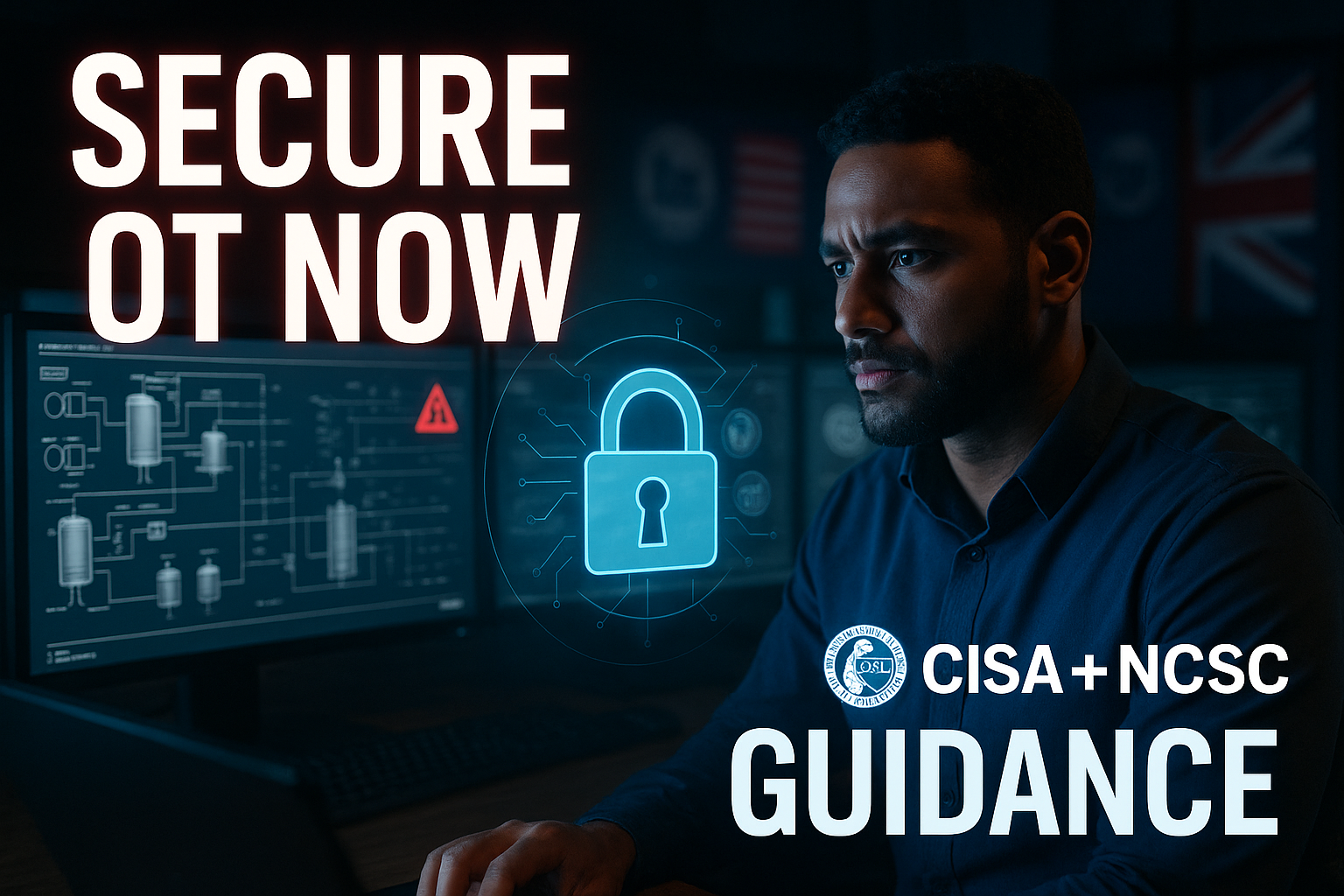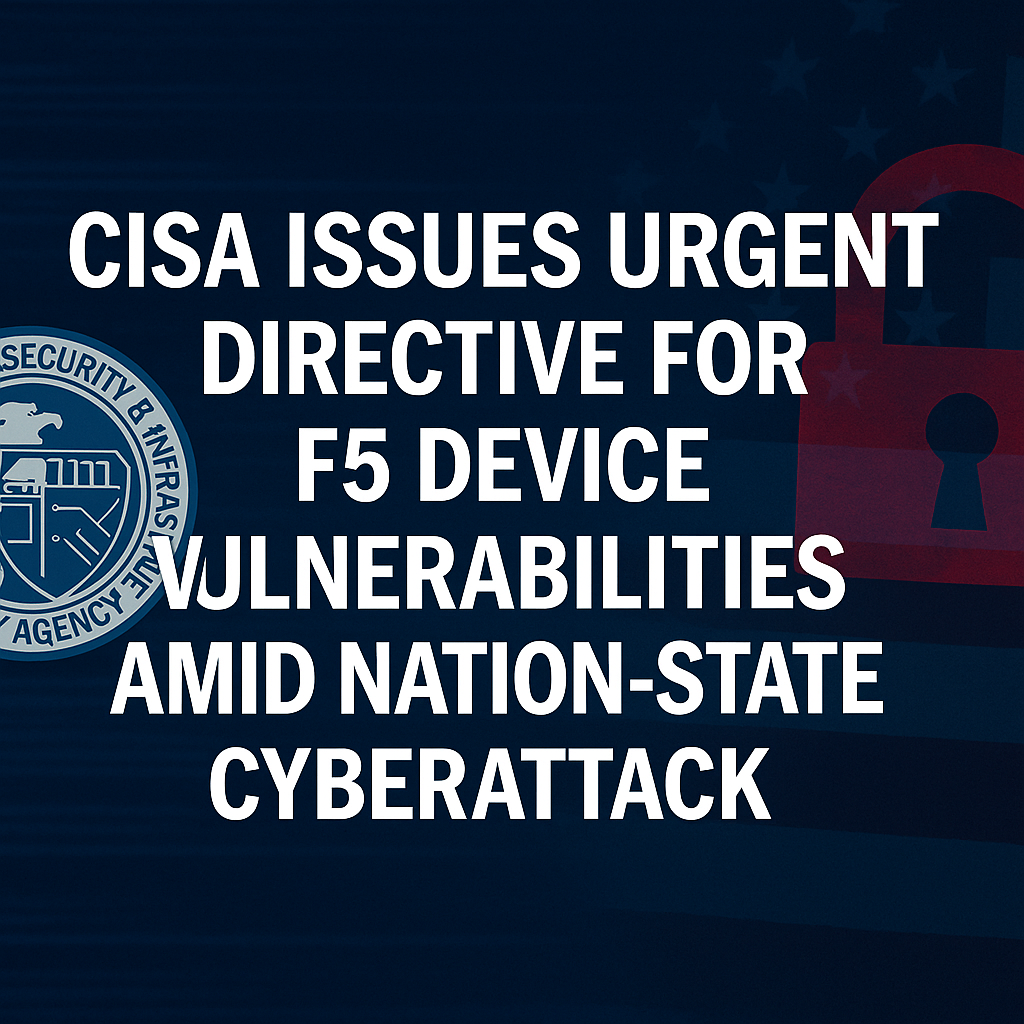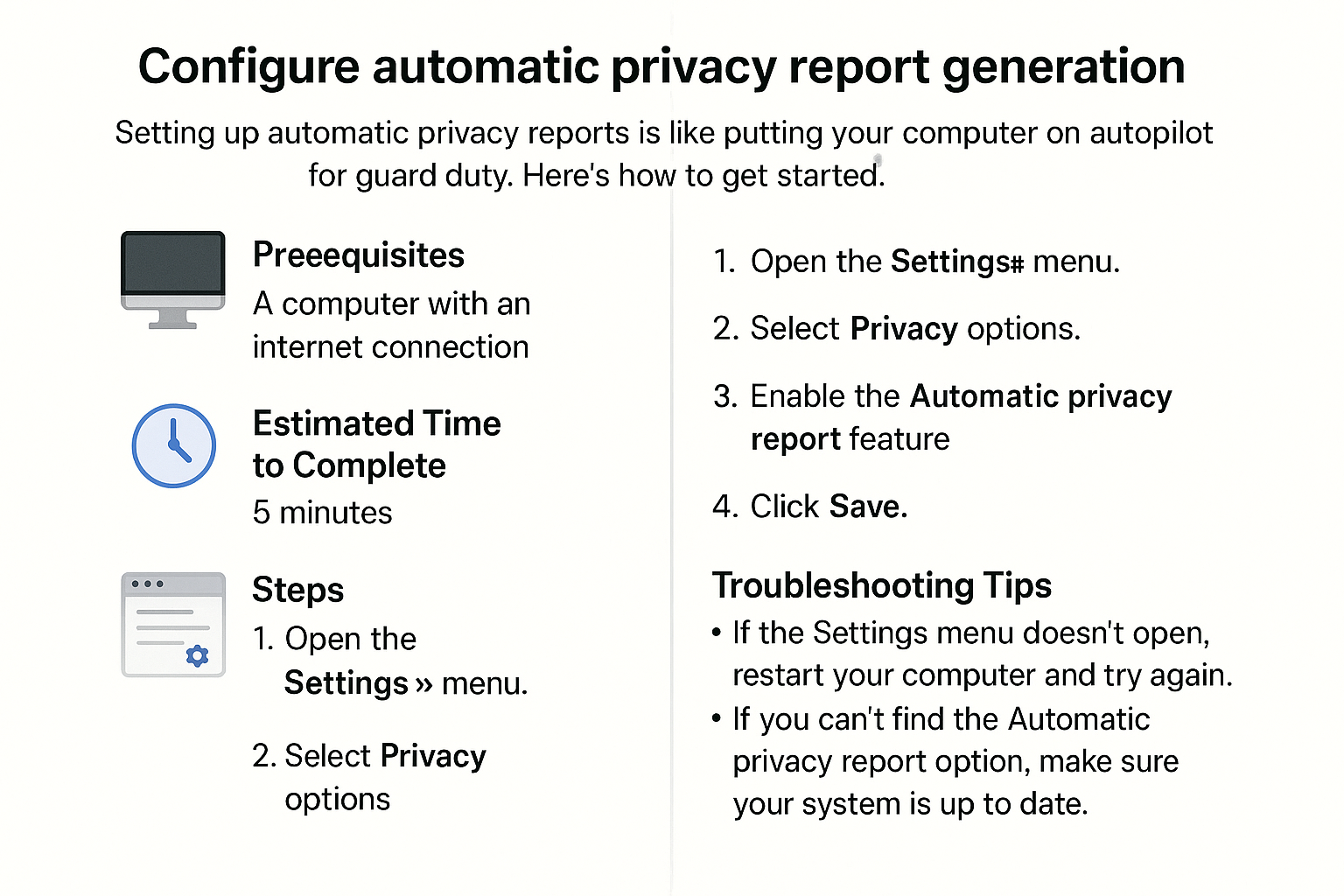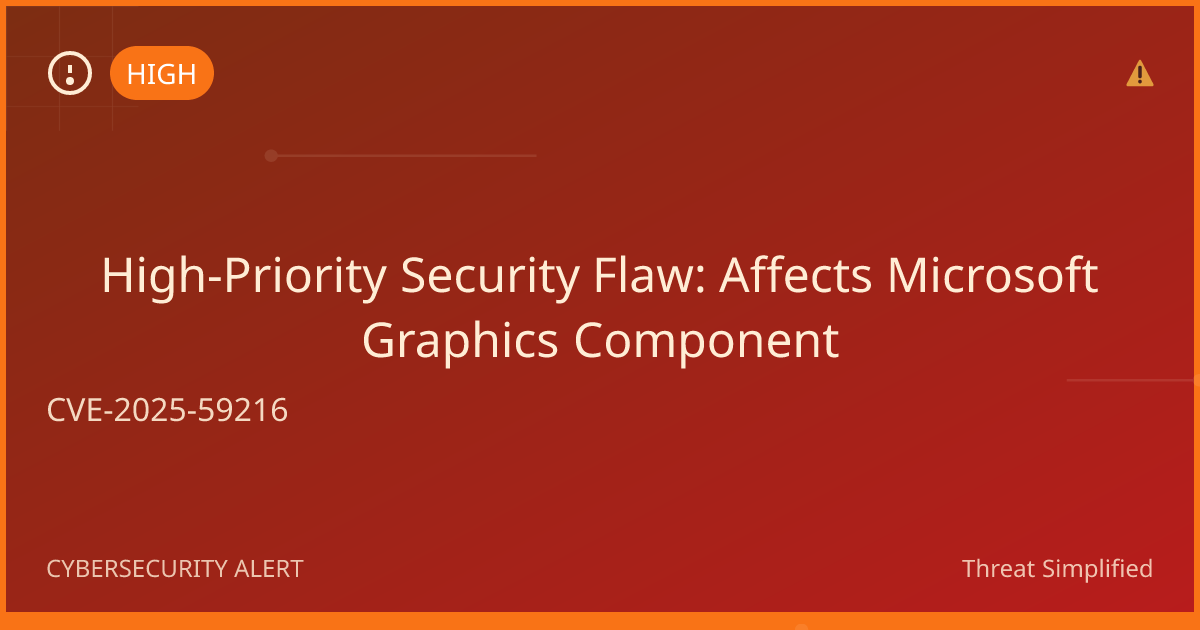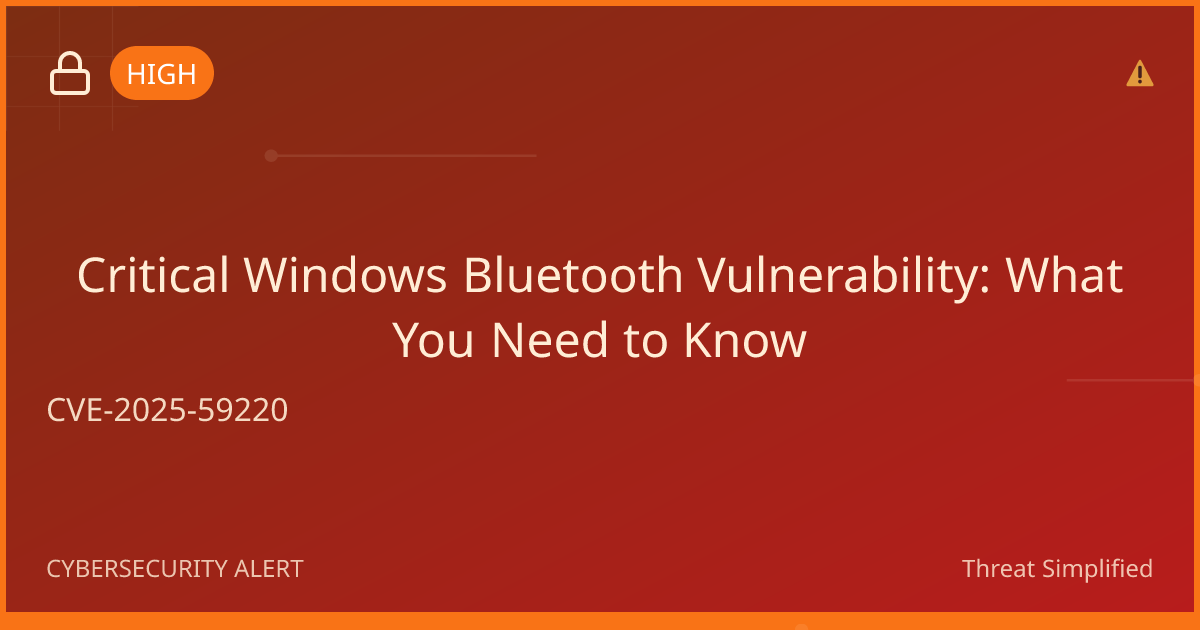Opening Context
In an era where cyber threats loom larger every day, the importance of securing our critical infrastructure cannot be overstated. The Cybersecurity and Infrastructure Security Agency (CISA), in collaboration with the Federal Bureau of Investigation (FBI) and the United Kingdom's National Cyber Security Centre (NCSC), has released essential new guidance for organizations that rely on Operational Technology (OT) systems. This advisory, titled Creating and Maintaining a Definitive View of Your Operational Technology (OT) Architecture, aims to strengthen the defenses of systems critical to national security and public safety.
Timeline / Background
Operational Technology refers to the hardware and software that detects or causes changes through direct monitoring and control of physical devices, processes, and events in various sectors, including manufacturing, energy, and transportation. The advisory is a follow-up to earlier guidelines, specifically the Foundations for OT Cybersecurity: Asset Inventory Guidance for Owners and Operators, where organizations were encouraged to develop a comprehensive asset inventory of their OT systems. Recent cyber incidents, which have exploited vulnerabilities in these critical systems, have prompted agencies to take a proactive stance in securing them.
Technical Details (in plain English)
The heart of the new guidance lies in establishing what CISA and NCSC describe as a "definitive view" of an organization's OT architecture. This involves mapping out all components of the OT environment accurately and continuously. Organizations can leverage various data sources to build this view, such as asset inventories which catalogue what equipment is used and software bill of materials that list the software components in each device.
Having a clear and current understanding of OT systems helps organizations perform thorough risk assessments, allowing them to identify critical and high-risk systems more readily. CISA emphasizes that understanding your infrastructure is key to prioritizing which systems require immediate attention and appropriate security measures. In addition, the guidance touches on the importance of managing third-party risks, securing sensitive OT information, and implementing effective architectural controls to safeguard systems from threats.
Broader Context
This joint advisory comes at a time when attacks on critical infrastructure, including cyberattacks against healthcare systems and energy grids, have surged. In recent years, there have been notable incidents, such as the ransomware attack against Colonial Pipeline and the SolarWinds breach, revealing flaws in security protocols. Governments and organizations alike have been urged to adopt stringent security practices to prevent similar events. The guidance issued by CISA and NCSC reflects a growing recognition of the need for a cohesive approach that encompasses both IT and OT environments, as vulnerabilities in one can jeopardize the other.
Expert/Agency Input
CISA and NCSC highlight the urgency of adhering to their recommendations. In an effort to strengthen global cybersecurity resilience, the agencies underscore that collaboration among teams—especially between IT and OT divisions—is crucial to developing a unified security posture. The guidance further recommends that organizations consider international standards such as IEC 62443, which focuses on the security of industrial automation and control systems, and ISO/IEC 27001, which outlines best practices for information security management.
Impact
This guidance is not just a technical document; it represents a significant step towards safeguarding systems that millions depend on daily. For ordinary users, this means that organizations equipped with a better understanding of their OT architecture are less likely to fall victim to cyberattacks. The implications of a compromised OT system can be vast, potentially affecting service delivery, public safety, and national security.
What Readers Can Do
Organizations are encouraged to review and implement the guidance to enhance their security posture. Professionals managing OT environments should ensure that they build and maintain an accurate asset inventory, utilize manufacturer-provided resources, and foster interdepartmental collaboration. Furthermore, it remains essential for all users (whether in businesses or at home) to engage in basic cybersecurity practices, such as using strong passwords, enabling multi-factor authentication, and keeping software updated to fend off threats.
Closing
The joint guidance from CISA and NCSC represents a proactive measure in the ongoing battle against cyber threats. In a world increasingly reliant on technology, maintaining an accurate and comprehensive understanding of operational systems is critical for both prevention and response. Organizations that take this advisory to heart are taking significant steps to protect themselves and contribute to a more secure digital environment.
